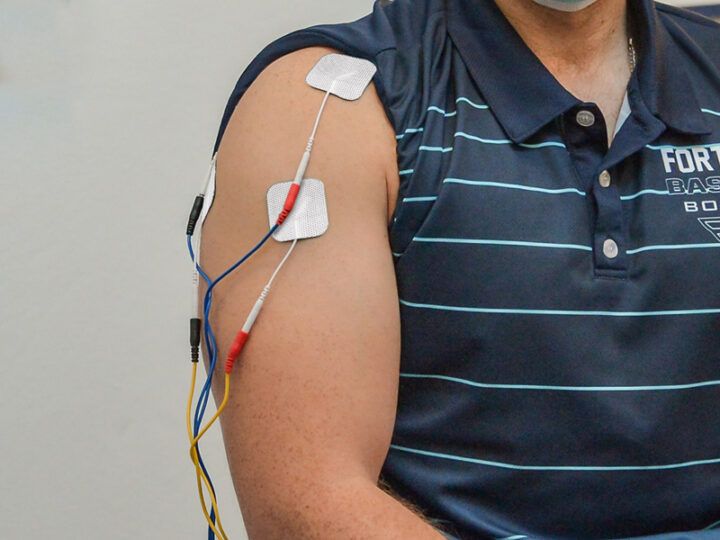When talking about the development of muscular strength, it is necessary to take into account both the purely mechanical aspects that characterise it, as well as the neuronal aspects of coordination, which must complement each other as best as possible in order to optimise performance.
An increase in strength is first of all related to an increase in the contractile capacity of the muscle, which corresponds to its ability to develop tension.
Starting from the physical principle that force is the product of mass times acceleration, it can easily be deduced that a muscle with a larger cross-section area will be able to develop a greater force. Therefore, from a mechanical point of view, if a muscle increases in volume – for example with the use of electrostimulation – its strength will also increase accordingly.
However, measuring or training strength, understood as the tension expressed by a single muscle area, only makes sense in an academic or ‘in vitro’ context; in reality, it is limiting because it does not take into account countless other factors involved in the expression of strength itself.
In fact, strength performance is also strongly determined by aspects of muscle coordination.
This type of control takes place at both intramuscular and intermuscular levels, i.e. both within the muscle itself and at the level of the so-called synergistic and antagonistic muscles.
At the intramuscular level, good coordination causes the muscle’s motor units to participate at the temporal level in perfect synchrony; similarly, optimal intermuscular coordination sees several synergetic muscle groups participating as a team in order to optimise performance.
Synergic muscles are those that participate in the execution of the movement – albeit with a non-dominant role – by increasing the number of muscle fibres actively involved, and thus increasing the force value expressed by the gesture itself. The classic example is forearm flexion: the biceps brachii muscle, the brachialis muscle and the brachioradialis muscle are synergetic because they cooperate with each other to enable the flexion movement.
Another important role of synergy muscles is to increase the stability of the muscle area, increasing the effectiveness of strength development. In order to understand its function, we can think of what happens when we perform a gesture of strength in a stable or unstable position: the stable position is a preliminary requirement for an optimal expression of strength because all the muscles involved can be activated according to that objective, whereas in an unstable position a large part of the nervous control is devoted to improving the position, making the development of strength less effective.
The antagonist muscles also play a fundamental function in controlling movement, favouring dynamic stabilisation through optimisation of certain biomechanical aspects. These muscles counteract the agonists by relaxing and stretching, so as not to reduce the total force expressed. To return to the forearm flexion example, the triceps is antagonistic to the biceps brachii.


